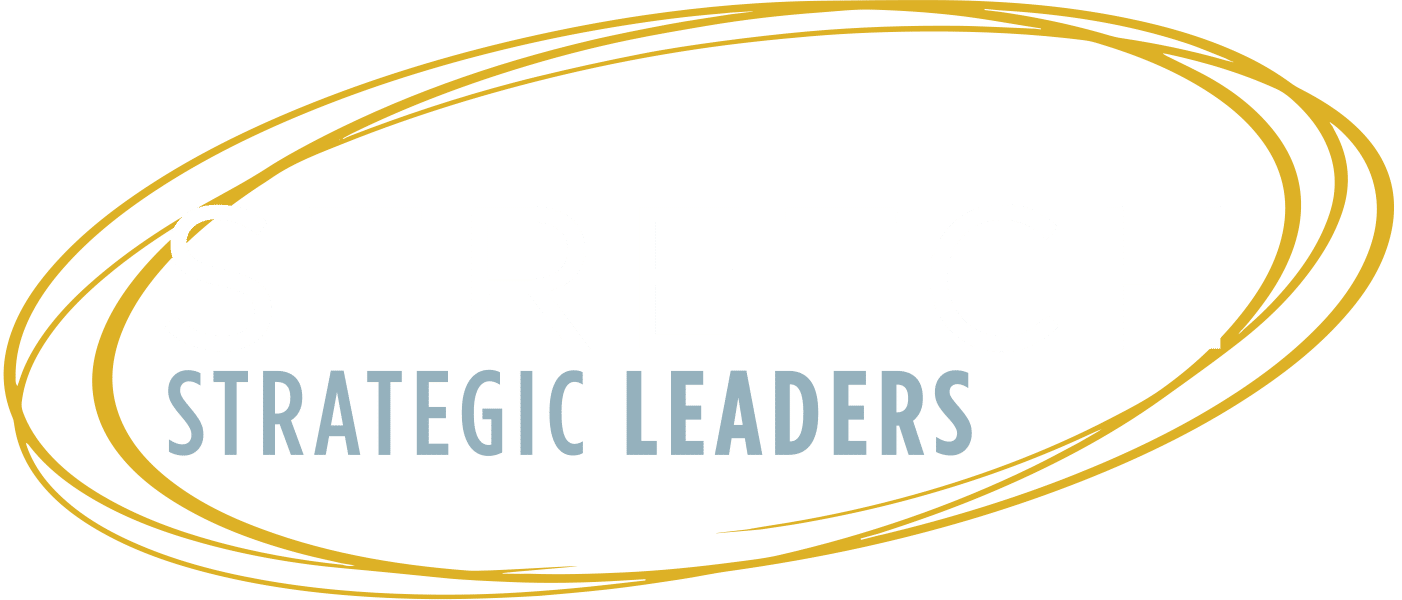I have spent 25+ years helping organizations develop their strategy and have collaborated with many for the “real” work: implementation. Aside from a few new tools, the process to develop the strategy has remained fairly constant. What has changed is how often strategy should be assessed, course corrected and, sometimes restarted (i.e., the Pandemic). Clients who react quickly and efficiently to new information and change not only survive but thrive.
It’s not enough to simply “have” a strategy
The pace of change will not slow down. Quarterly strategic updates are important, but not enough. I recommend my clients meet monthly to discuss strategy for 2-4 hours to assess the impact of new information, review progress on current initiatives, and manage resource allocation. Agendas are critical, prep work, and most importantly, candid discussions. I also recommend cascading strategy to business units, teams, departments and – most importantly – training your leaders on change management and team dynamics (Cyndi is the guru). It is no longer enough to simply “have” a strategy. You must bring it to life and be agile in the execution.
Significant shifts facing companies today
I recently came across an insightful McKinsey report, The State of Organization 2023: Ten Shifts Transforming Organizations. It references critical shifts facing organizations today. Here are two questions to ask your team – I just asked these at a recent client strategic review:
- How important is this shift to your industry/organization?
- How well are we addressing it? (Focus on the “very important” and “not addressing well” shifts).
- Making the way for Applied AI – AI has been added to every strategic plan I have helped update. It is critical! We are excited for our next Stretch Chat on June 6 to learn how to identify strategic opportunities and implement AI effectively within your organization.
- Efficiency reloaded – complex structures cause ineff Has your structure gotten too complicated and cumbersome? Are you utilizing technology and consistent process to make decisions?
- Mental Health: Investing in a portfolio of interventions – mental health and well-being challenges. This is a proven outcome of the Pandemic; mental health is on the rise and people are unhappy.
- Making meaningful progress on diversity, equity, and inclusion. Diverse perspectives create better outcomes. How are you encouraging divergent thinking and inclusivity?
- Leadership that is self-aware and inspiring. This is critical. People want to be lead, not “bossed.” We believe this is so important we hav developed a training course for it, Stretch Leadership Academy (our next session is in the fall), and we also integrate this in our strategic planning projects. Cyndi has a deep toolbox to facilitate leadership development – I call her the Yoda of Coaching 😊
- Walking the talent tightrope – High performers vs low performers’ impact on productivity. This is a very interesting one. What are your critical positions? Do you have your best people in the right roles? Why Not?
- Closing the capability chasm – Gaps in what we need vs what we have. Many workers are on the brink of retirement, what is your plan to backfill? A great metric is “Ready in Position.” I hear this from Bill Ratterman at Alinti. Look at your people and measure whether they have the right skill set and training to do their job. Productivity is stuck until they do.
- New rules for attraction, retention, and attrition – people planning to leave their job in the near term. I have seen multiple sources that indicate more than 30% of employees are considering other jobs. Think about the impact on engagement. Do you think about HR as compliance or talent investment?
- “True Hybrid”: the new balance of in-person and remote work. Flexibility is key.
Adapt, evolve, and thrive
Strategy plays an essential role in addressing critical shifts in an ever-changing world. These shifts require us to adapt and evolve so we can thrive! By addressing these shifts through proactive planning, organizations can navigate the challenges and opportunities presented by these transformations. Just remember to stay agile, flexible, and open to change in a world that’s constantly evolving.

